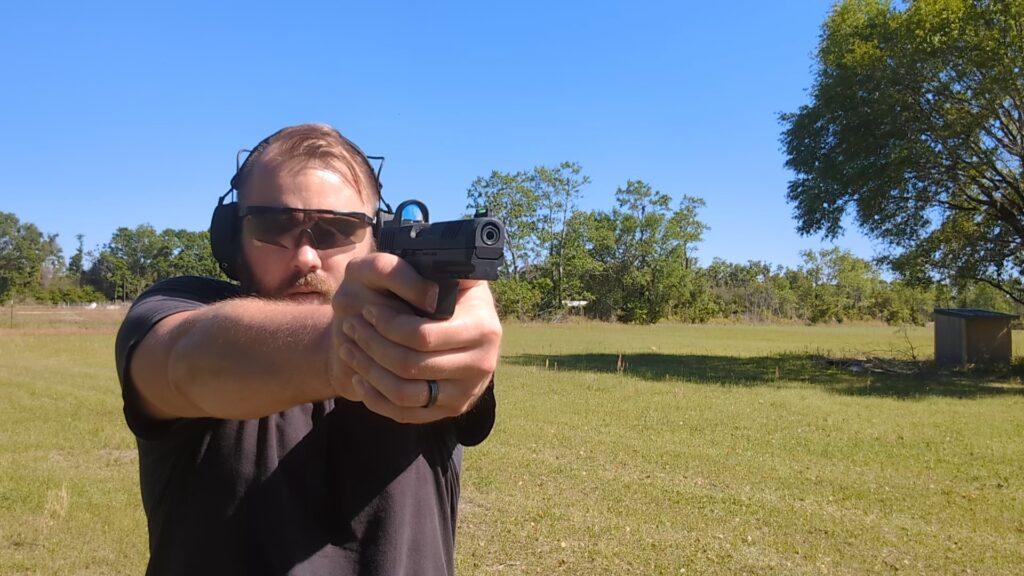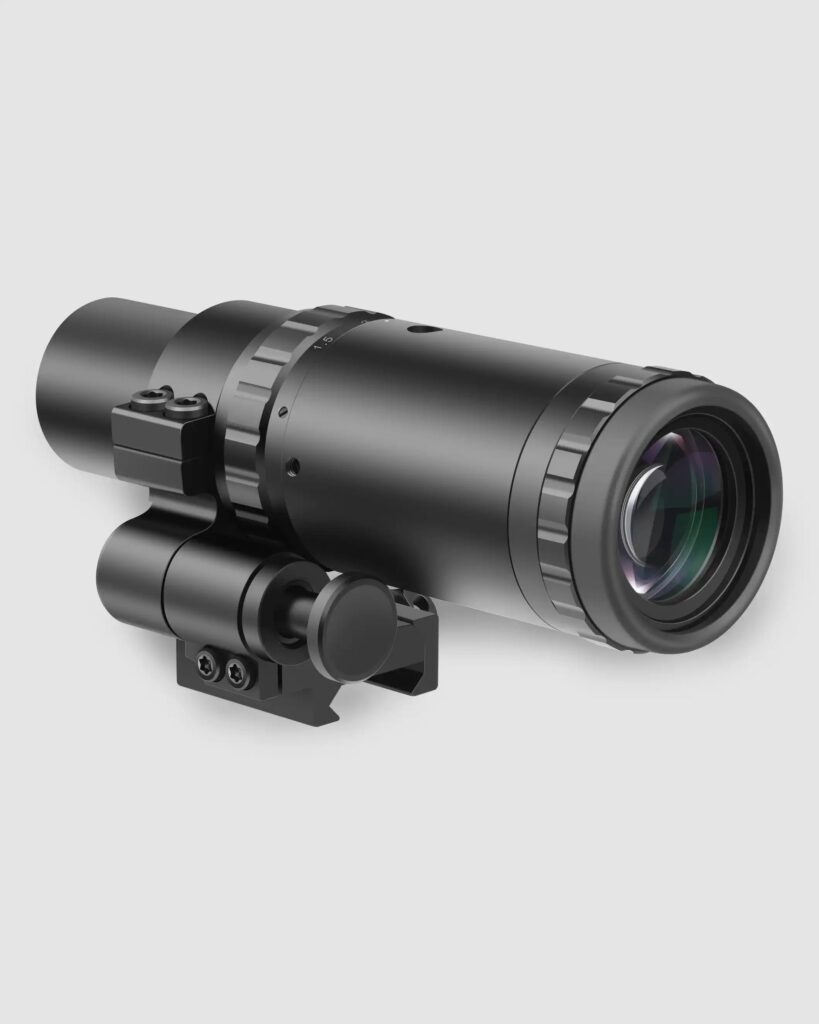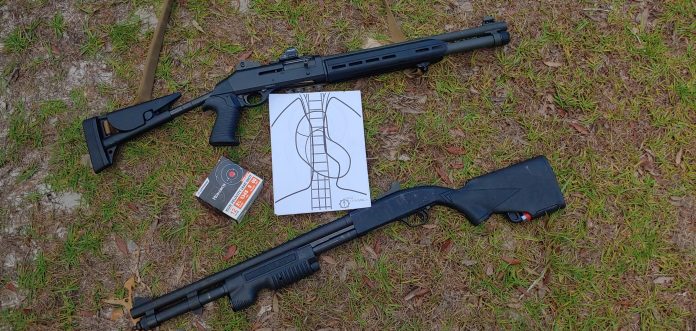A while back, I read and reviewed a book by Osprey Publishing called US Combat Shotguns. I enjoyed it a good bit, and I recently finished another Osprey Publishing book called The MP5 Submachine Gun. Both books were written by Leroy Thompson, who is quite the expert in seemingly a wide variety of weapons. I know a lot less about the MP5 than I do combat shotguns, so I figured, let’s leap in and learn a thing or two.
Inside The MP5 Submachine Gun
Much like US Combat Shotguns, The MP5 Submachine Gun is a short and quick read. It’s roughly 80 or so pages. It’s a quick read, but it’s chock full of information. The book starts quickly with little need to ease you in. We know it’s about a submachine gun, so why would we need to flirt about it?
The book covers the history of the submachine gun but goes beyond just saying HK invented the gun in 19XX and leaving it at that. We get the context of submachine guns during this era, why the MP5 stood out, and how it went on to become the counter-terrorism and special operations choice of submachine gun.
Advertisement — Continue Reading Below
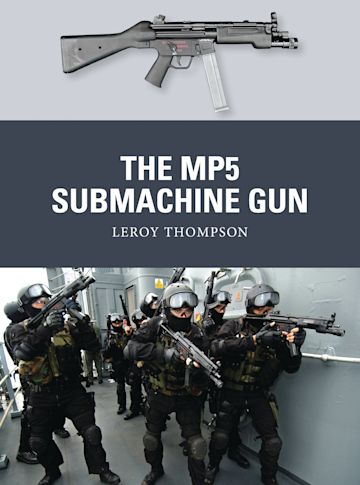
We get snippets of stories of the weapon’s use in various operations and how its performance quickly led to its rise in fame. Readers learn what makes the MP5 different from the other options from Uzi and Walther during the same era.
It’s easy to read and not chick full of technical jargon that could leave some readers confused. It has an excellent description of what roller-delayed actions do and how it functions. It’s easy to understand and well-written.
Advertisement — Continue Reading Below
The entire book is well-written and easy to follow. The MP5 Submachine Gun is easy to pick up and put down and gives you a ton of great information about the guns. One of my favorite pages was a table listing all of the variations, which revealed a few I had never heard of and made it easy to understand the slight variations of the MP5.
Yep, There Are Pictures
Hey, I’m a Jarhead. I want some pictures to go along with my books. The MP5 Submachine Gun provides plenty of them. This includes historical examples of the gun, as well as numerous photos of counter-terrorism teams from around the world using the weapon. The pictures are educational as well as entertaining. I’m always interested in seeing Cold War relics and old-school tactical gear.
In terms of history, we also get the history behind different variations of the MP5. We learned a bit about the MP5K and that it was built at the request of a South American sales rep. That makes sense since South America was a fairly violent place, and plain-clothes PSD teams needed something small and viable for defensive use.
Advertisement — Continue Reading Below
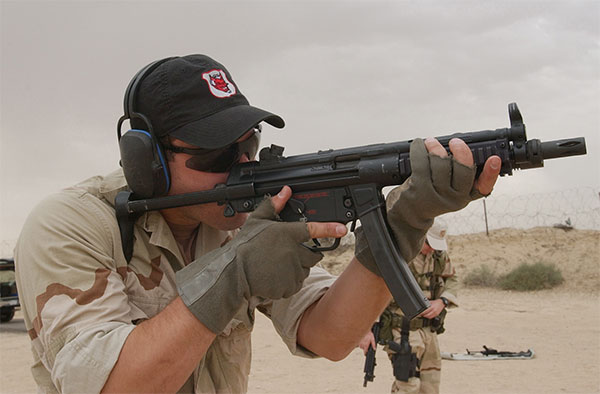
The MP5K-PDW was built at the behest of 160th SOAR, the guys and gals responsible for inserting and extracting special operations personnel via aircraft. It makes sense they want something more than a pistol, but cockpit requirements ensure the weapon had to be small.
The MP5 Submachine Gun also details the HK SMG 2 project. I always thought it was an unsold prototype, but the book seems to allude to anywhere from 60 to 70 produced for a secret customer.
Advertisement — Continue Reading Below
Fun Facts I Learned About the MP5
I won’t go too deep and reveal the whole book, but there are a few things I thought were interesting. I’m not an MP5 expert, but I know a good bit about the gun. Still, I learned several things about the MP5 and wanted to detail a few fun facts here.
First, I had never heard of the MP5F variant. The MP5F was a French variant with ambidextrous sling points and a beefed-up design. They increased the strength of the gun so it could withstand the +P+ SMG ammo the French were using. This beefed-up design would go on to become standard for MP5s.

Advertisement — Continue Reading Below
The too cool to last MP5/10 series actually had a last round bolt hold open device, which is cool and missed on 9mm variants. These guns also had a two-round burst feature, which is also pretty neat.
HK also produced .22LR conversion kits for the MP5s. This consisted of a barrel liner, a new bolt group, and recoil springs. These kits weren’t reliable, and only about 400 were produced.
I learned way more than this, including Dick Marchinko’s tie to the MP5 and an interesting conversation about MAC-10s. It’s a quick read and one worth reading. The Osprey books aren’t expensive and are seemingly always full of information. I’m thinking about reading the Bazooka one next.
Advertisement — Continue Reading Below

